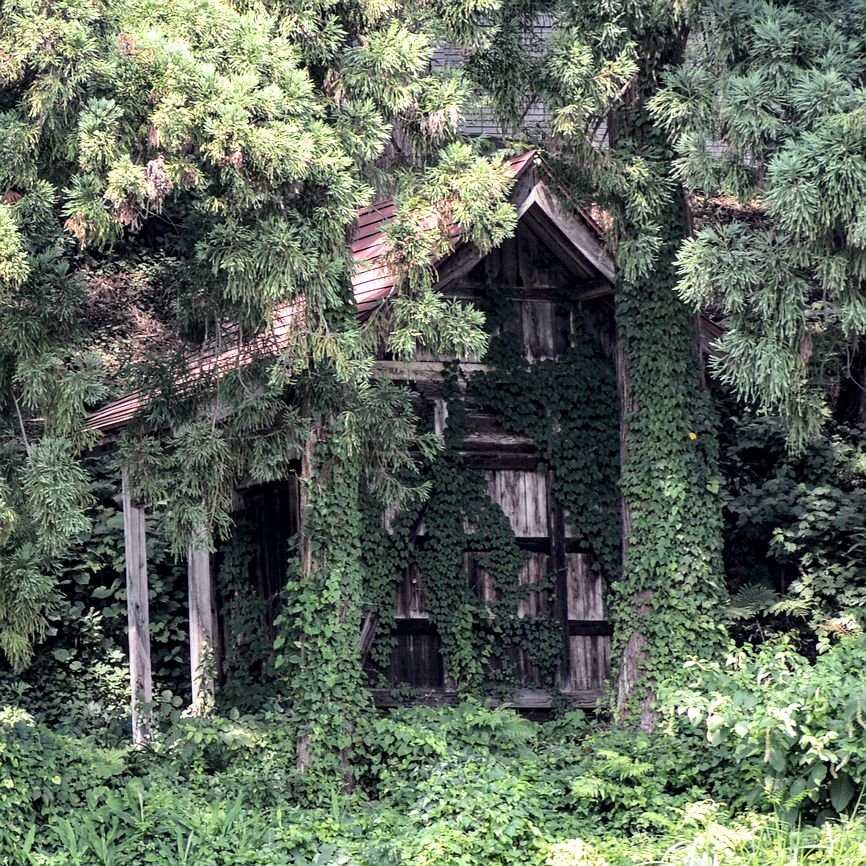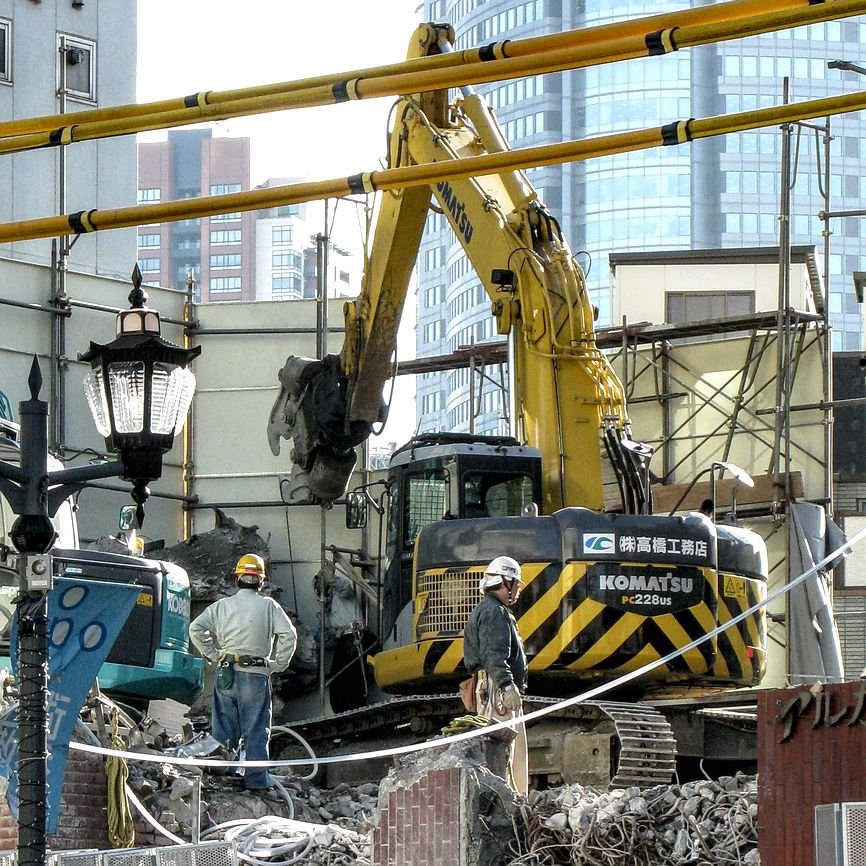
April 24, 2024—Many foreigners are interested in buying akiya (abandoned homes). Who can resist an inexpensive home in the beautiful Japanese countryside?
If you’re thinking of buying akiya, here are a few facts to consider.
Savvy competitors
Japanese property investors have money, expertise and local knowledge. Japanese investors have also been shunning akiya for decades—which is one reason the number of abandoned homes continues to grow. If locals can’t turn a profit buying akiya, how will you? (It’s not impossible. But you should be able to answer the question.)
Cheap for a reason
There are many reasons why akiya are cheap. Some relate to the building’s physical condition, which is usually poor. But there are many invisible factors—including zoning, usage and other regulations—that can affect a property’s value. With shrinking populations and tax bases, essential services like transport and snow removal may be limited or nonexistent.
Cities, too
Most akiya are in Japan’s rural areas, towns and villages. But abandoned homes can also be found in Tokyo, Osaka and Nagoya. Prices are lower, and there’s less competition outside big cities.
“One home, one generation”
Until recently, Japanese homes were designed to be demolished after one generation of use. It may not be technically or economically feasible to remodel a 20- or 30-year-old house.

Talent shortages
It can be hard to find architects and contractors with whom you can communicate, who deliver the services you need, and who are willing to work with a client who may be seen as a troublesome gaijin. Talent shortages can become apparent with pricing. At a property in Tokyo, I was quoted nearly US$400 to replace an extractor fan. The same job in Hong Kong cost under $40.
Unique challenges
Unlike most new and pre-owned homes, akiya come with problems. Issues can include hazards like asbestos, outstanding taxes, missing owners and defective titles. Any one of these can complicate—or kill—a deal. Get professional advice. You may have to kiss a lot of frogs before you find your prince.
Fitting in
Japan remains a conservative, inward-looking society, particularly in rural areas. It takes time, effort and patience to build local relationships, especially with elderly neighbors who may not appreciate your presence. Speaking Japanese helps.
Financing
It’s always been hard for non-Japanese buyers to obtain a mortgage. It’s even harder if you are a non-resident and buying distressed property. Many buyers pay cash.
Currency risk
In 2011, the exchange rate hit ¥75 = US$1. Today, it’s over ¥150. A strong yen can make your property less attractive when renting to international tourists. Conversely, a weak yen can reduce your profit if you sell and convert the proceeds to your home currency. Which brings us to…
The future
In a country with a growing number of akiya, limited immigration and a shrinking, rapidly aging population, who is going to buy your home when you are ready to sell? Your akiya may be a labor of love, with little or no residual value.
Update
On April 30, 2024, the Japanese government announced that the number of vacant homes had increased 510,000—to over 9 million—since the last survey was conducted in 2018. Vacant homes now account for nearly 14% of Japan’s housing stock.
Meanwhile, the yen/dollar exchange rate briefly touched ¥160, the highest in more than 30 years.
Click here for more articles about property in Japan.
Christopher Dillon was a residential landlord in Tokyo and is the author of the Landed series of property books. The second edition of Landed Japan is available from Amazon.
* * *